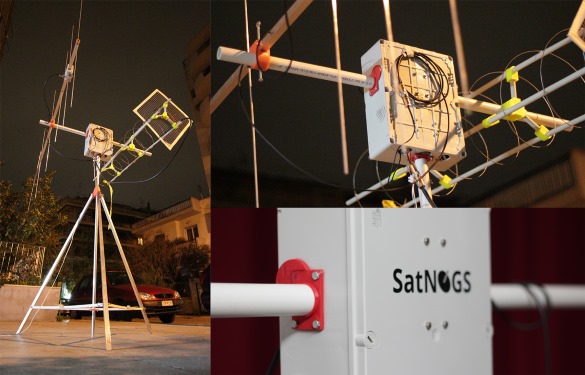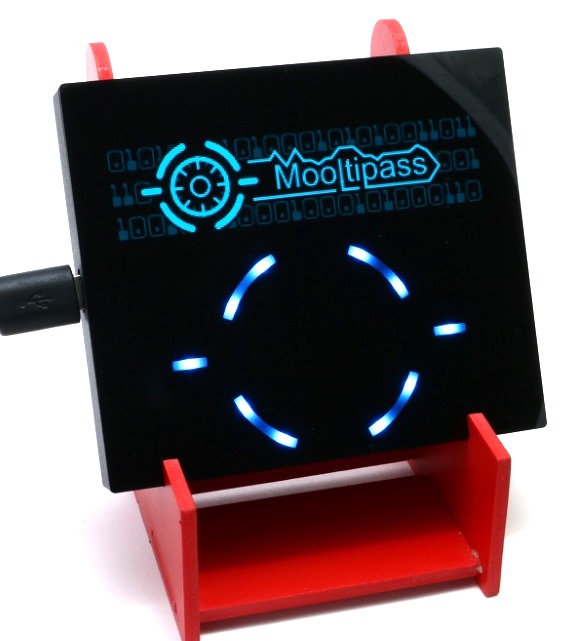SatNOGS is the 2014 Hackaday Prize winner

Hackaday has announced the grand prize winner of the 2014 Hackaday Prize today. The winner is SatNOGs, a complete platform of an open-source satellite ground station built from readily available and affordable tools and resources.
Hackaday writes,
It opens up the use of satellite data to a much wider range of humanity by providing plans to build satellite tracking stations, and a protocol and framework to share the satellite data with those that cannot afford, or lack the skills to build their own tracking station. The hardware itself is based on readily available materials, commodity electronics, and just a bit of 3D printing.
SatNOGS provides the basis for:
- Bulk manufacturing and deployment of affordable Satellite Ground Stations
- Modular design for integration with existing and future technologies
- A platform for a variety of instrumentation around Satellite Ground Station operations
- A firm platform for a Ground Station collaborative network (one to one, one to many, many to many)
- A community based approach on Ground Station development
- A solution for massive automation of operator-less Ground Stations based on open standards









